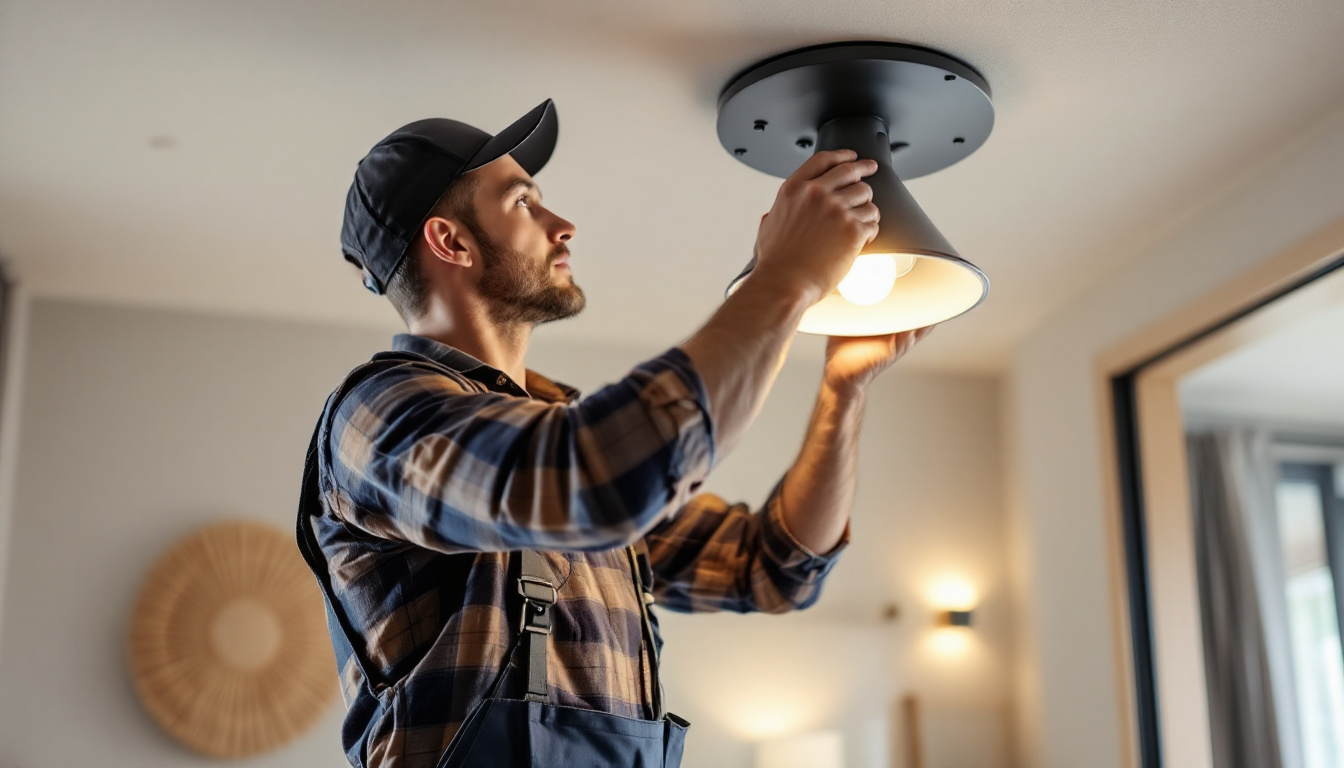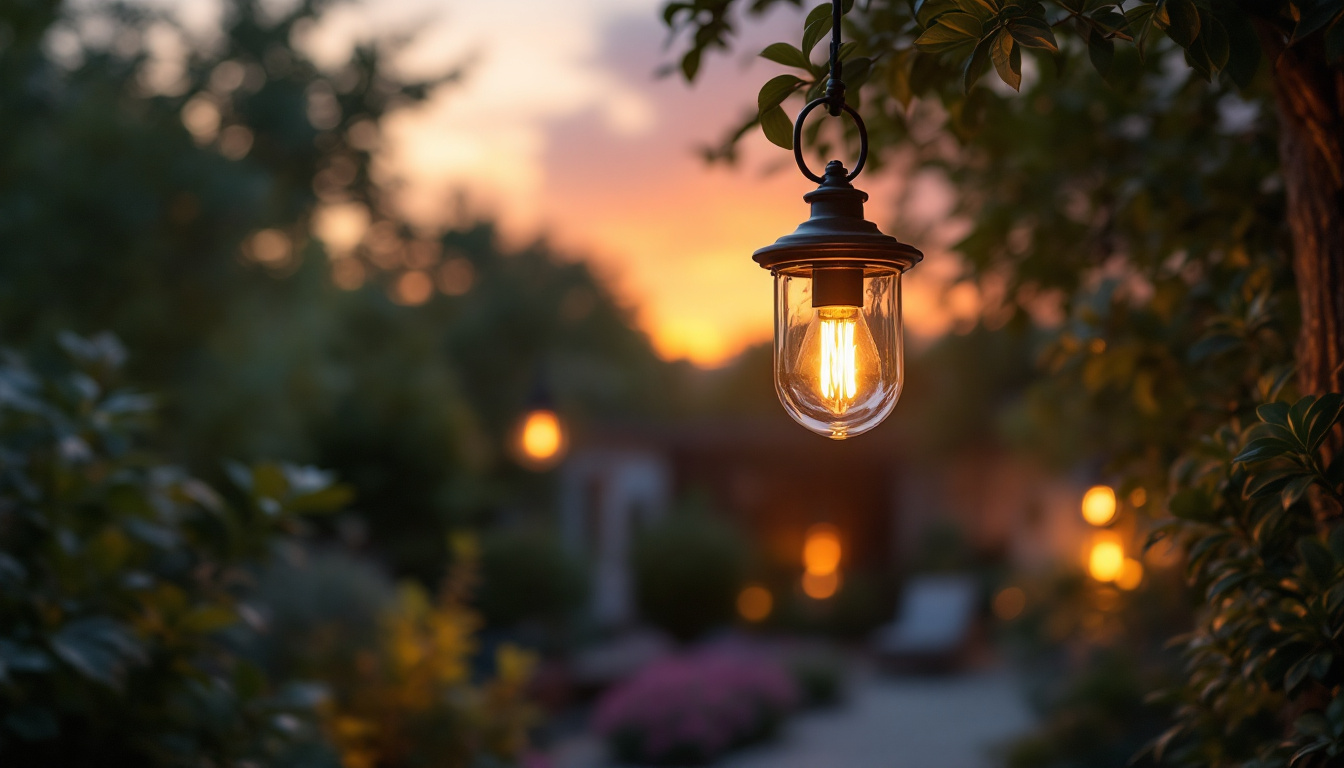
Lighting plays a pivotal role in enhancing the aesthetics and functionality of spaces. Among the various lighting options available, pot lights (or recessed lights) have gained significant popularity due to their sleek design and versatility. However, for lighting contractors, designing and installing pot lights comes with a unique set of challenges. This article explores the top challenges faced by lighting contractors in pot light designs, offering insights and potential solutions.
Before delving into the challenges, it’s essential to grasp the fundamentals of pot light designs. Pot lights are fixtures that are installed into a hollow opening in the ceiling, providing a clean, unobtrusive lighting solution. They are available in various sizes, shapes, and styles, making them suitable for different applications, from residential to commercial spaces.
One of the primary advantages of pot lights is their ability to create a seamless look while providing ample illumination. However, achieving the desired effect requires careful planning and execution, which can be daunting for contractors. The integration of pot lights into a design can enhance the spatial perception of a room, making it feel larger and more inviting. When strategically placed, these fixtures can also help to eliminate shadows and dark corners, contributing to a more balanced and aesthetically pleasing environment.
Pot lights come in numerous styles, including adjustable, fixed, and decorative options. Each style serves a specific purpose and can significantly impact the overall design of a space. For instance, adjustable pot lights can be directed to highlight artwork or architectural features, while fixed pot lights provide general illumination. Decorative pot lights, on the other hand, can serve as a statement piece, adding a touch of elegance and personality to a room.
Understanding the application of each style is crucial for contractors. Misjudging the type of pot light needed for a specific area can lead to inadequate lighting or an unappealing aesthetic, ultimately affecting client satisfaction. Additionally, the choice of bulb type—such as LED, halogen, or incandescent—can further influence the ambiance. LED options, for example, are energy-efficient and long-lasting, making them a popular choice for modern designs, while halogen bulbs offer a warm glow that can enhance the coziness of a space.
Installation is another critical aspect of pot light designs. Contractors must consider the ceiling type, insulation, and spacing between fixtures. Each of these factors can influence the overall effectiveness of the lighting scheme. For example, in homes with vaulted ceilings, the positioning of pot lights can dramatically affect the perception of height and space, while in lower ceilings, careful spacing can help avoid a cramped feel.
Moreover, ensuring proper electrical connections and adhering to local building codes adds another layer of complexity to the installation process. Failure to comply with regulations can result in costly rework and potential safety hazards. It’s also important for contractors to consider the thermal management of pot lights, especially in insulated ceilings, as overheating can lead to premature failure of the fixtures. Using IC-rated pot lights can mitigate this risk, ensuring that the lights can be safely installed in contact with insulation without compromising performance or safety.
Despite the advantages of pot lights, several challenges can arise during the design and installation process. Understanding these challenges is essential for lighting contractors to navigate them effectively.
One of the most significant challenges is planning the layout of the pot lights. A well-thought-out layout can enhance the ambiance and functionality of a space, while a poorly planned one can lead to uneven lighting and shadowing.
Contractors must consider factors such as room size, ceiling height, and the purpose of the space when designing the layout. For example, a living room may require a different lighting scheme than a kitchen or bathroom. Balancing aesthetics with functionality is key to achieving a successful pot light design. Additionally, the positioning of furniture and architectural features should be taken into account, as these elements can influence how light is distributed throughout the room. By strategically placing pot lights, contractors can create focal points, highlight artwork, or even enhance the perceived size of a room, making it feel more open and inviting.
Electrical requirements for pot lights can be complex. Contractors must ensure that the existing electrical system can support the additional load of the new fixtures. This may involve upgrading circuits or installing new wiring, which can be time-consuming and costly.
Additionally, the choice of bulbs, such as LED or incandescent, can affect energy consumption and overall performance. Understanding the specifications and limitations of each option is crucial for making informed decisions that align with client expectations. Furthermore, contractors should also be aware of the latest advancements in smart lighting technology, which can offer clients greater control over their lighting environment. Incorporating dimmers, timers, or smart home integration can significantly enhance the user experience, but these features require careful planning and additional electrical considerations to ensure compatibility and safety.
Pot lights can create insulation and airflow challenges, particularly in residential applications. When installed in insulated ceilings, there is a risk of overheating, which can lead to fire hazards. Contractors must ensure that the fixtures are rated for contact with insulation or provide adequate ventilation to prevent heat buildup.
Moreover, proper airflow is essential for maintaining indoor air quality. Contractors should consider using airtight pot lights to minimize air leakage, which can improve energy efficiency and comfort levels within the space. In addition to these considerations, it’s also important to educate clients about the benefits of using energy-efficient lighting options. By choosing fixtures that not only meet safety standards but also enhance energy conservation, contractors can help clients reduce their utility bills while contributing to a more sustainable environment. This holistic approach to lighting design can set contractors apart in a competitive market, showcasing their commitment to quality and environmental responsibility.
Aesthetics play a significant role in pot light designs. Contractors must balance functionality with visual appeal to meet client expectations. This section explores some of the aesthetic challenges faced by lighting contractors.
The trim and finish of pot lights can significantly impact the overall look of a space. Contractors must offer clients a variety of options, including different colors, materials, and styles that complement the interior design.
Choosing the wrong trim can result in a mismatch with existing decor, detracting from the intended aesthetic. It’s essential for contractors to stay updated on design trends and provide clients with informed recommendations.
Layered lighting is a design technique that combines various light sources to create depth and dimension in a space. Pot lights can be used in conjunction with other lighting fixtures, such as pendant lights or wall sconces, to achieve this effect.
However, creating a harmonious balance between different light sources can be challenging. Contractors must understand the interplay of light and shadow to design a cohesive lighting scheme that enhances the overall ambiance.
Every client has unique preferences and expectations regarding lighting design. Contractors must be adept at listening to client needs and translating those into effective pot light designs. This may involve making adjustments to layouts, styles, or finishes based on client feedback.
Effective communication is key to ensuring that clients feel heard and valued throughout the design process. By fostering a collaborative environment, contractors can build trust and ultimately deliver a lighting solution that meets or exceeds client expectations.
As technology continues to evolve, so do the options available for pot light designs. Contractors must stay informed about the latest advancements to provide clients with innovative solutions. This section highlights some of the technological challenges and opportunities in pot light designs.
Smart lighting systems are becoming increasingly popular, allowing users to control their lighting remotely through smartphones or voice-activated devices. Integrating smart technology into pot light designs can enhance convenience and energy efficiency.
However, the integration process can be complex, requiring a thorough understanding of both the lighting and smart technology systems. Contractors must be prepared to troubleshoot potential issues and ensure seamless operation for clients.
Energy efficiency is a growing concern for many clients, prompting a shift towards LED pot lights and other energy-efficient solutions. While these options can reduce energy consumption and costs, they also require a different approach to design and installation.
Contractors must be knowledgeable about the specific requirements of LED fixtures, such as compatibility with dimmers and transformers. Additionally, educating clients on the benefits of energy-efficient lighting can help them make informed decisions that align with their sustainability goals.
As energy efficiency standards evolve, contractors must stay informed about new regulations that impact pot light designs. Compliance with these regulations is essential to avoid penalties and ensure client satisfaction.
Staying updated on industry standards and best practices can help contractors navigate these changes effectively. This may involve attending workshops, participating in industry associations, or collaborating with manufacturers to understand the latest requirements.
Designing and installing pot lights presents a unique set of challenges for lighting contractors. From planning layouts and managing electrical requirements to addressing aesthetic preferences and integrating technology, contractors must navigate a complex landscape to deliver successful lighting solutions.
By understanding the challenges and staying informed about industry trends, lighting contractors can enhance their skills and provide clients with exceptional pot light designs. Embracing innovation, fostering collaboration, and prioritizing client satisfaction will ultimately lead to a successful and rewarding career in the lighting industry.
As the demand for pot lights continues to grow, so too does the opportunity for contractors to showcase their expertise and creativity. By overcoming the challenges associated with pot light designs, contractors can illuminate spaces in ways that enhance both functionality and beauty.
Ready to tackle the challenges of pot light designs and elevate your lighting projects? LumenWholesale is here to support you every step of the way. With our extensive selection of top-quality, spec-grade lighting products, you can confidently meet the demands of any space. Say goodbye to inflated markups and hello to unbeatable wholesale prices, free shipping, and the convenience you deserve. Don’t let complexity dim your project’s potential—choose LumenWholesale for Wholesale Lighting at the Best Value and light up your work with excellence.

Discover how outdoor lamp hanging is revolutionizing the lighting industry for contractors.

Discover the essential guide for lighting contractors on selecting and using waterproof connectors.

Discover the essential insights lighting contractors need to meet client expectations with 4 ft LED lighting solutions.

Discover why lighting contractors should prioritize the versatile Bulb T5 in their projects.